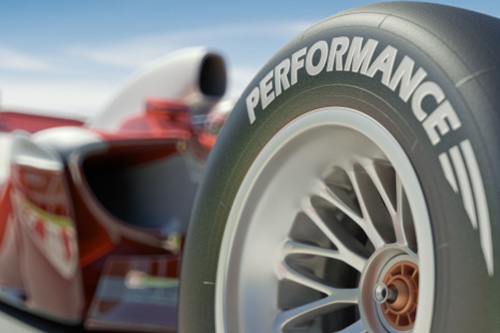In the high-stakes world of Formula One racing, finding that slight edge to build a better performing car often means using the most powerful computers to model aerodynamics. The Mercedes-AMG Petronas F1 racing team found that using AMD EPYC™ processors helps gain that edge. Since 2010, the team has brought home 124 race wins and nine driver’s championships across the F1 racing circuit.
Thanks to the increased performance of these AMD EPYC™ CPUs, the team is able to run twice the number of daily simulations. The key is having the best computational fluid dynamics models available. And time is of the essence because the racing association’s IT authorities have added rules that dictate how much computing and wind tunnel time each team can use, along with a dollar limit on computing resources to level the playing field despite resource differences.
Teams that traditionally have been top finishers of the race are allowed a third less computing time, and since the Mercedes team was the top 2021 finisher, it has the least computing allocation. The 2022 race limited computing expenditures to $140M, and for 2023, the number will be further cut to $135M. The result is that teams are focused on finding the highest performing computers at the lowest cost. In F1, fast cars and fast computers go hand in hand.
“Performance was the key driver of the decision making,” said Simon Williams, Head of Aero Development Software for the team. “We looked at AMD and the competitors. We needed to get this right, because we're going to be using this hardware for the next three years.” Mercedes replaced its existing three-year old computers with AMD EPYC™-based systems and gained 20% performance improvements, letting it run many more simulations in parallel. “I can't stress enough how important the fast turnaround is,” Williams said. “It's been great having AMD help us achieve that."
Servers such as the Supermicro A+ series can bring home big wins as well.



